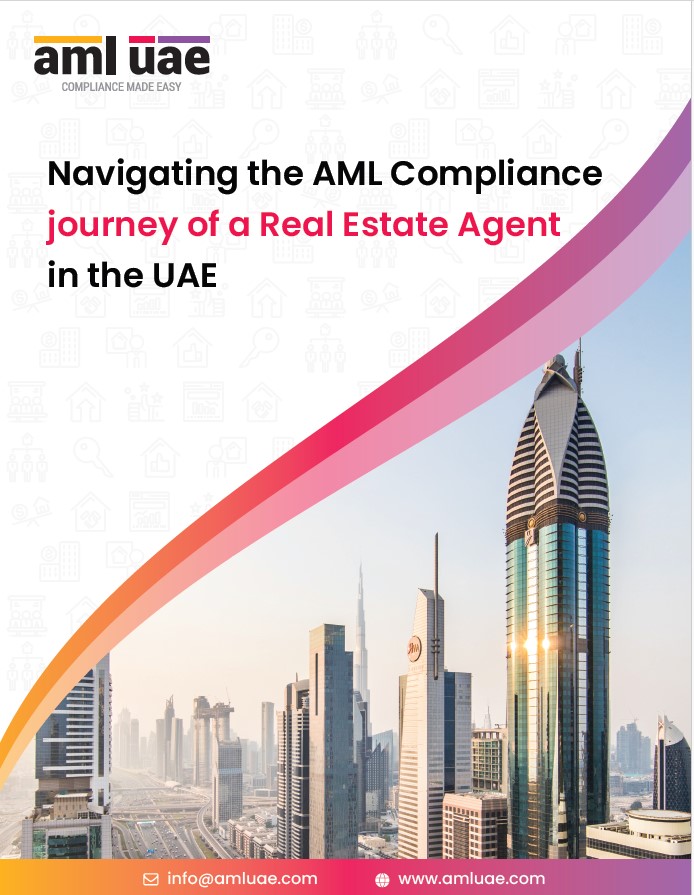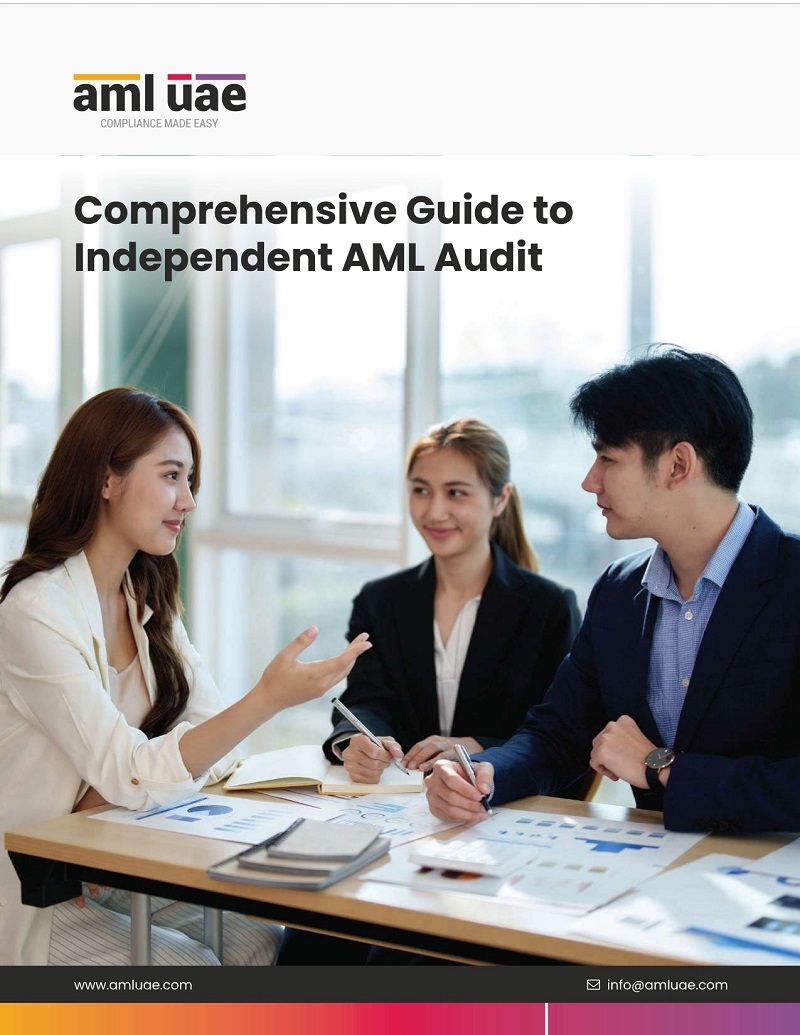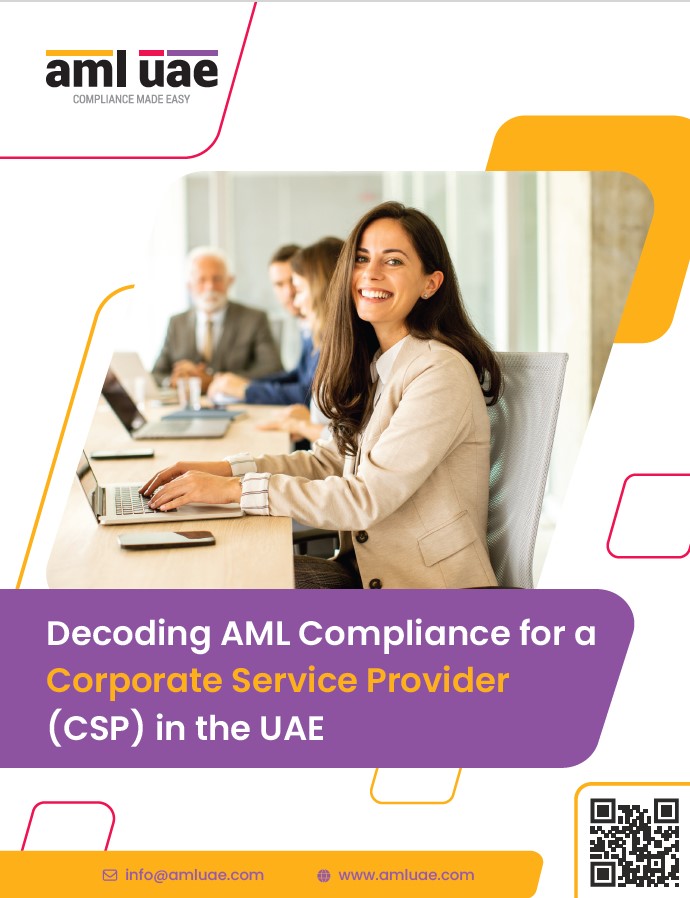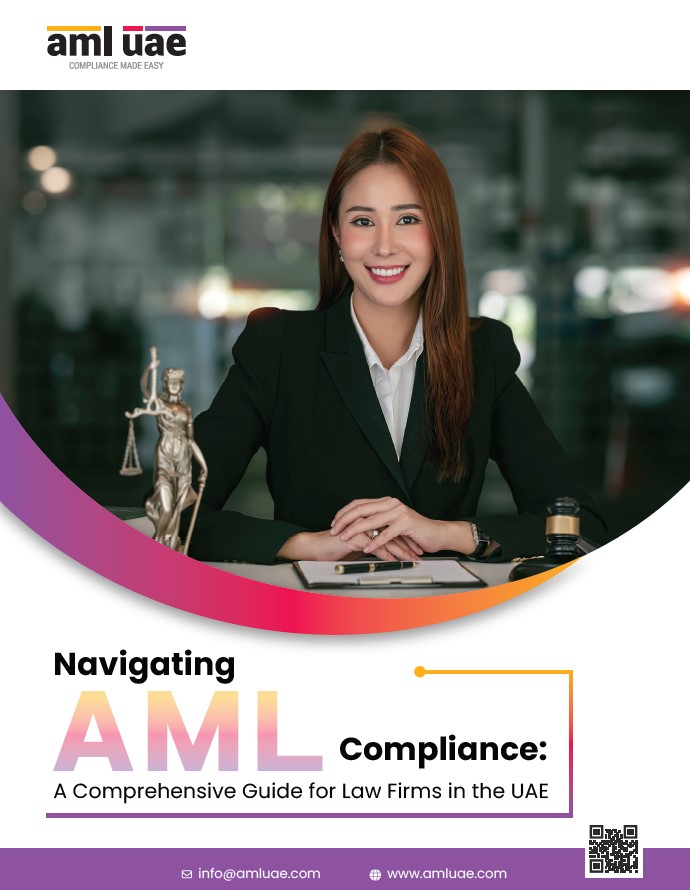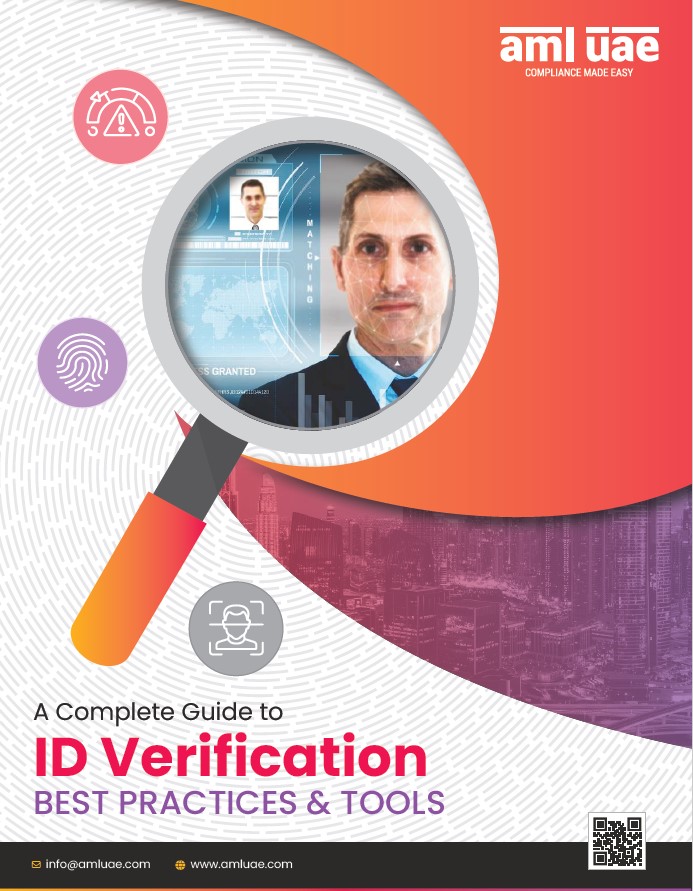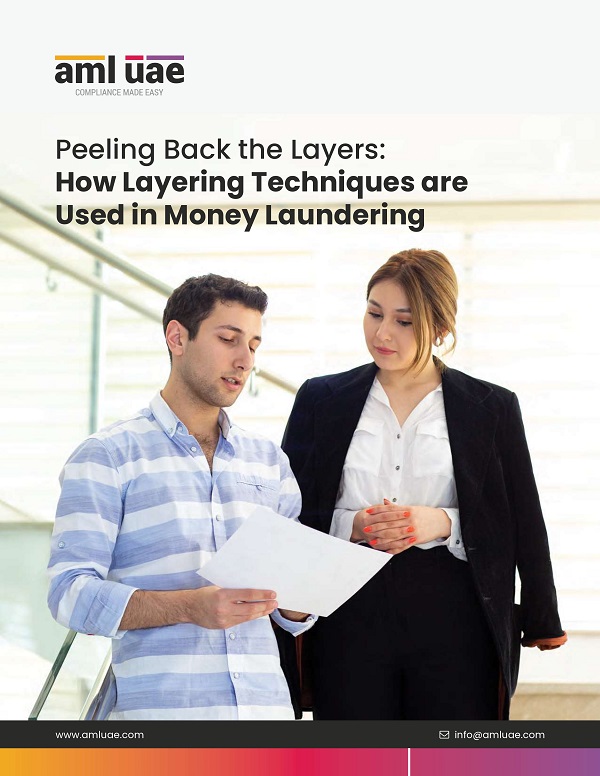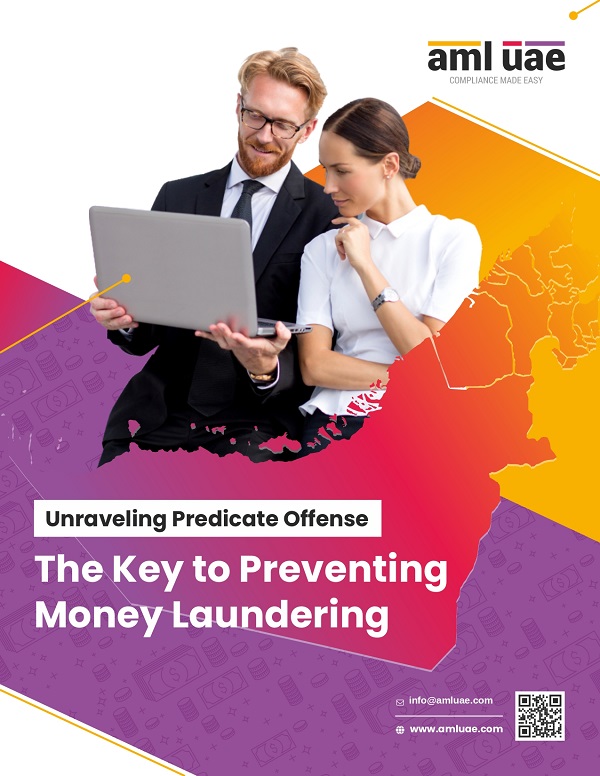AML Compliance eBook For Real Estate Agents and Brokers
AML Compliance eBook For Real Estate Agents and Brokers
Navigating the Anti-Money Laundering (AML) compliance journey as a Real Estate Agent in the UAE is imperative due to the sector’s vulnerability to illicit financial activities. Real estate transactions are exposed to money laundering risks throughout all stages, including placement, layering, and integration of illicit funds. Therefore, to safeguard the real estate industry, the UAE AML regulations recognise real estate agents and brokers as “Designated Non-Financial Businesses and Professions” (DNFBPs).
As part of the risk management framework, these regulations mandate the real estate agents/brokers to adhere to various requirements like registration, risk assessment, policy implementation, customer due diligence, ongoing monitoring, and reporting obligations. This resource aims to equip real estate professionals with knowledge and tools to combat financial crimes within their industry effectively. By complying with AML regulations and implementing robust compliance measures, real estate agents and brokers can contribute to maintaining the integrity of the UAE’s real estate sector and safeguarding it from exploitation by illicit actors.
Additionally, this eBook contains a detailed description of AML compliance requirements, such as:
- goAML Registration
- Appointing a suitable AML Compliance Officer
- Assessing the risk by conducting an Enterprise-Wide Risk Assessment (EWRA)
- Developing customised AML/CFT Policies, Procedures, and Controls
- Customer Due Diligence (CDD) Measures
- Ongoing Monitoring of Transactions and Business Relationships
- Compliance with Targeted Financial Sanctions (TFS)
- Identifying and Reporting Suspicious Activities or Transactions
- AML Training
- AML Governance
- REAR Submission
- AML Record Keeping
This is an effort to guide you through the AML compliance requirements of a real estate agent or broker registered in the UAE. Check it out to understand and comply with these regulations.
Related Articles
- AML Compliance Best Practices for Real Estate Agents in UAE
- goAML Registration Guide
- What Skills Should an AML Compliance Officer Possess?
- AML Compliance Officer: Role and Responsibilities
- AML Risk Assessment before launch of a new product or service
- How to update the AML Policies, Procedures, and Controls in line with UAE AML Laws?
- A complete guide to effective customer due diligence
- AML Implications for Politically Exposed Person (PEP)
- Best practices for KYC compliance
- Customer Identification – A Critical Component of AML Compliance
- How to Detect High-risk Customers and Safeguard Your Business
- Guide to Enhanced Due Diligence
- Targeted Financial Sanctions (TFS): Legal Requirements in UAE
- The Challenges of The Sanction Screening Process
- Red Flag Indicators For AML/CFT
- Why is AML training critical for your employees?
- Importance of AML Training
- In-house AML Compliance Department Setup
- Real Estate Activity Report (REAR) submission by real estate brokers and agents as per Circular Number: 05/2022 issued by the Ministry of Economy (MOE)
- High-Risk Country Reporting (HRC and HRC) on the goAML Portal
- Why is Record-Keeping of Customer Identity and Transactions necessary?
Related Laws
Related Infographics
- AML Supervisory Authorities in UAE
- UAE’s 12 Strategic goals related to AML and CFT
- Reporting on goAML Portal under UAE AML Regulations
- Simplifying UAE FIU goAML Registration: A Visual Guide
- Role of AML Compliance Officer in UAE
- An illustrative list of factors for conducting AML Business Risk Assessment
- Filing of Fund Freeze Report (FFR)
- Filing of Partial Name Match Report (PNMR)
- When to file SAR under UAE AML Law
- When to file STR under UAE AML Law?
- Designing a comprehensive AML Training Program
- Responsibilities of Senior Management around the AML Program
- Elements of AML Compliance Officer’s Report to Senior Management under UAE AML Regulations
- Independent AML Audit
Related Videos
- AML/CFT Compliance Requirements in UAE
- goAML Registration Step-by-Step Guide
- Role of an AML Compliance Officer under UAE AML Regulations
- AML Business Risk Assessment (BRA) and how to conduct BRA
- Factors for AML Enterprise-Wide Risk Assessment
- Elements of effective AML Policies and Procedures
- Know Your Customer process under UAE AML Regulations under AML UAE
- PEP and PEP Screening under UAE AML Regulations
- Decoding the types of Customer Due Diligence
- Mitigating high ML/FT risk with Enhanced Due Diligence
- Source of funds and source of wealth Essential element of Customer Due Diligence
- Sanctions Screening in UAE
- Differentiating Suspicious Activity vs. Suspicious Transaction
- Defeating Financial Crime: Inside the AML Training Program
- Promoting Compliance Culture
Related eBooks
Share via :
Our recent downloads
side bar form
Share via :
